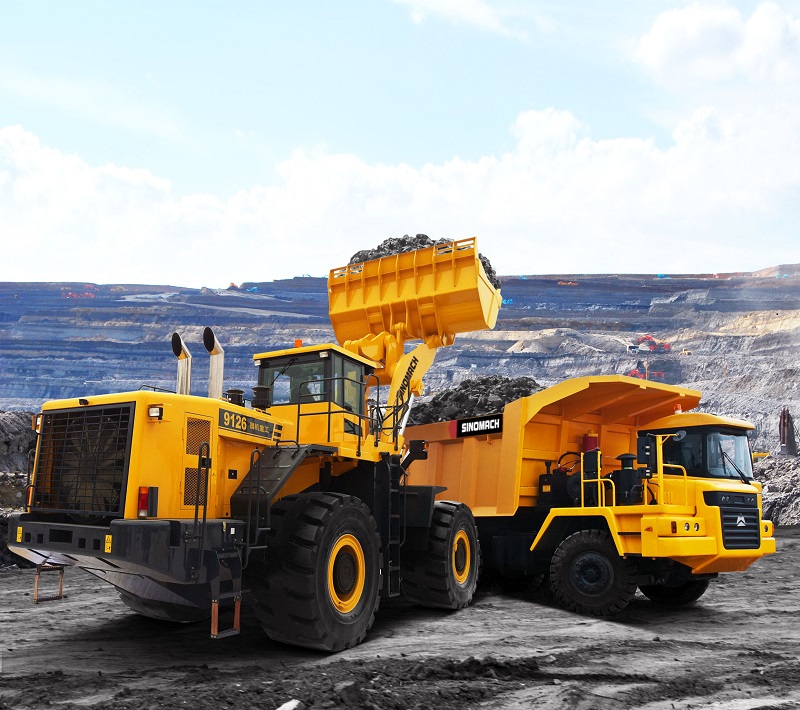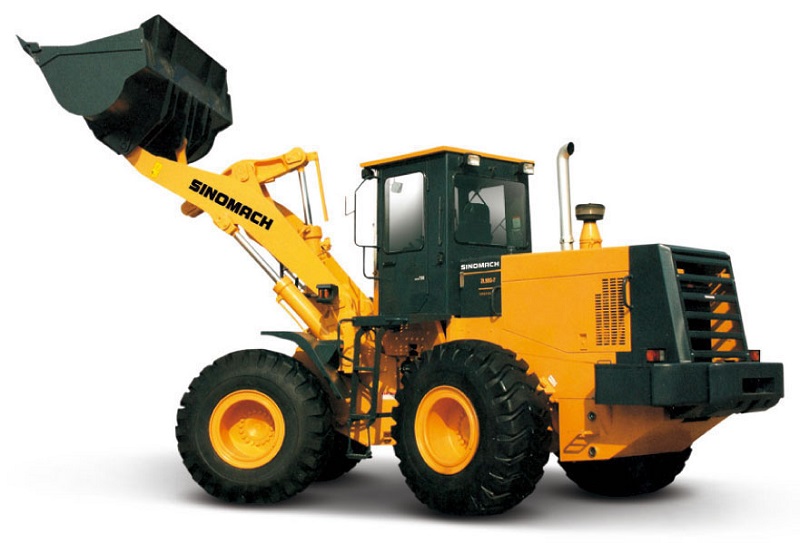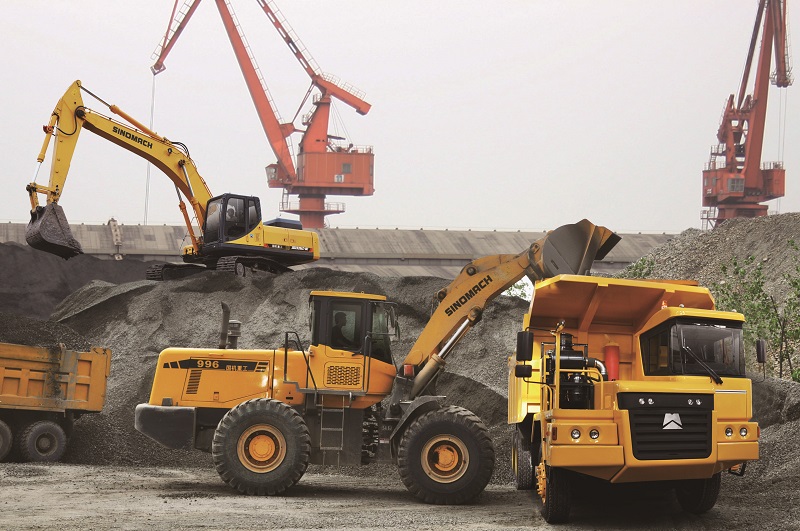
Things to Remember When Inspecting Your Wheel Loader
October 12, 2018
What are the things that you should take note of while inspecting a wheel loader?
- Performing a walk-around inspection
- The bottom of the cab ladder
- Tires
- Wheel loader bucket
- Wheel loader engine area
A wheel loader is an important piece of heavy equipment in the Philippines. Just like mobile cranes, it is one of the most important construction equipment used in almost every project. Its robust design and structure, especially its large front and rear wheels make it ideal for pushing, lifting, and loading materials such as sand, earth, snow, and other objects. The wheel loader is one of the heavy construction equipment that deals with material handling. Though not as precise and careful as the forklift, the wheel loader is the more utilized machine for outdoor industries.
That being said, the wheel loader is used in a variety of industries: It can be found in construction, mining and quarrying, forestry, recycling, and in other countries, snow removal!
One of the more iconic pieces of equipment in the construction industry, it will almost never be absent whenever a large scale construction is at hand. Many companies rely on these wheel loaders for the distribution of large amounts of materials around the construction site. In that regard, the wheel loader is one of the most used, and sometimes strained heavy equipment. Make sure that they are always in top working conditions by regularly inspecting them—and here are a few reminders when you do so!
Perform a Walk-Around Inspection
When it comes to the maintenance of heavy equipment, you should never be lazy. These large machines have complex parts. Inspecting heavy equipment such as wheel loaders doesn’t mean you just looking around the outside for some scratches or dents. You should focus on looking at every possible place where something might possibly be wrong.

The Bottom of the Cab Ladder
You should make it a habit to start your inspection around this area. By starting here, you’ll be able to check out the transmission fluid level that is often found to the left of the ladder. Afterward, within the area, try to find if there is any wear in the drive-line area. Once you’ve finished there, proceed to look for the hoses and couplings. Make sure that they are where they’re supposed to be, tightly placed, and no leaks can be found.
The Tires
The next in line on your checklist should be your tires. Inspect them for any kind of foreign material. Stones that are stuck on the tires can prove a problem, particularly the sharp ones. Although large wheels are extremely more durable than your normal tires, constant wear and tear can still damage them.
Move in deeper and check the wheel rim for cracks and loose parts. If there are any, tighten them. The next thing that you should check is the inflation pressure of the tire. Refer to the operator manual to check what the correct pressure of your tire is. Take note of and check for leaks from the axel sea in the rear tires.

The Wheel Loader Bucket
When inspecting the bucket, look at the cutting edge, make sure that is if evenly flat on the ground. If not, then it might be an indication that a tire is under-inflated. Aside from that, look for unusual wear patterns on the bucket cutting edge, and review the rest of the bucket for cracked welds, bends in the metal or missing bolts and such.
The Wheel Loader Engine Area
Check the engine enclosure for any kind of damage or foreign material attached to it. After that, continue into the main engine but first, check all around the engine area for debris on both sides of the engine. Ensure that there are absolutely no leaks on any parts. Check the oil level and the coolant gauge level.
The next thing that you should do is to find the fuel and water separator. Remove any kind of water that may have been collected in the bowl. Make sure that there are no leaks in the fuel filters. After that, open the left side and rear side enclosure doors to inspect the other parts.
Inspect the fuel cooler, the hydraulic oil cooler, the change air cooler, and the hydraulic oil filter for any debris or leaks. Next, you should check the v-belt for cracks and that it has the appropriate tension based on the operator manual’s specifications.
Lastly, look at the fins of the heat exchangers checking for broken or bent fins and make sure that they’re all clean. Check the fan enclosure for leaks and broken blades, then check the fuel cap if it’s secured.
By this time, you should now make a final check of everything there and make sure that you didn’t miss anything!
Key Takeaway
A wheel loader one of the most used heavy equipment in the Philippines. the best models are incredibly durable and fuel efficient, but when it is used a lot, it will surely need an inspection every now and again. That being said, always remember to perform these standard procedures every time you plan on using wheel loaders for construction projects!
